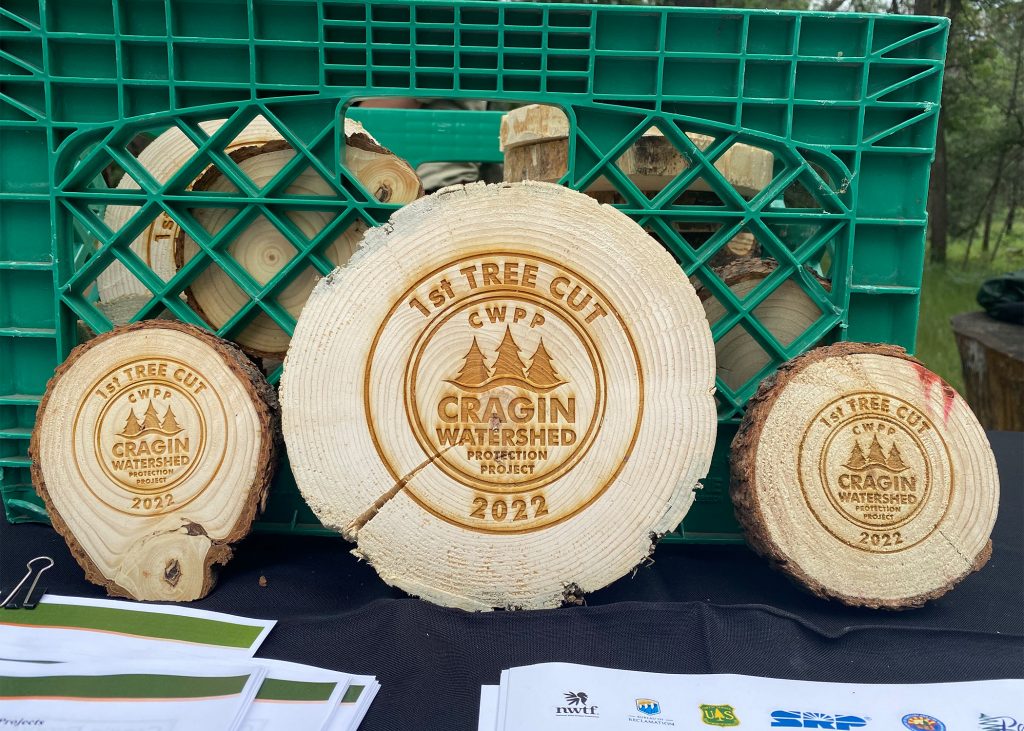NWTF and Forest Service Sign New Agreement in Arizona National Forest
EDGEFIELD, S.C.— The National Wild Turkey Federation is working alongside the USDA Forest Service on the newly formed General Springs Stewardship Agreement, a collaborative endeavor set to restore wildlife habitat, reduce the risk of catastrophic wildfire and improve water quality and quantity for millions of Arizonans.
The project is set in the Mogollon Rim Ranger District of the Coconino National Forest, near Happy Jack, Arizona. One of the most diverse forests in the country, the Coconino National Forest has landscapes ranging from the famous red rocks of Sedona, to Ponderosa pine forests, deserts and alpine tundra.
In response to the increasing threat of uncharacteristic wildfire, the Forest Service and the NWTF have identified priority areas for management to provide wildfire protection and increase forest health. One of these areas, the General Springs Project, is part of the larger Cragin Watershed Protection Project, a concerted effort with interested partners and stakeholders to protect an area of over 63,000 acres of critical wildlife habitat that is also a municipal watershed for the Town of Payson.
“Our new agreement with the Coconino National Forest for the General Springs Project will conserve and enhance roughly 3,500 acres while also providing protection for the East Clear Creek Watershed and water pipeline, which supplies the town of Payson, Arizona with drinking water and is valued at over $300 million in water and hydroelectric infrastructure,” said Chuck Carpenter, NWTF district biologist for Utah, Colorado, New Mexico and Arizona. “The agreement also provides other important infrastructure protection, including powerline corridor protection and roadside thinning.”
Tri-Star logging Inc. was recently selected as the NWTF’s contractor on the project after an open bid process and will begin selectively clearing on the identified landscape in the coming weeks.
“On-the-ground operations are scheduled to commence September first and run through 2023,” Carpenter said. “Restoring the forest through numerous management techniques reduces the risk of uncharacteristic wildfire by reverting the forest composition to match a more historical burn interval and intensity. In addition to protecting a vital water supply, current and future turkey populations will also benefit from this forest management, as will a suite of other wildlife, including the endangered Mexican Spotted Owl.”

In addition to the NWTF and the Forest Service, other significant partners include the Salt River Project, the Town of Payson, the National Forest Foundation and the Arizona Department of Forestry and Fire Management.
“Our partners have been there with us the whole time, both in planning this project and in implementing it,” said Linda Wadleigh, Mogollon District Ranger. “It has taken the combined energy of many to make this happen, and I’m proud of the work our folks have done alongside our partners. And we are not done, because as we work on this project, we are also simultaneously working with additional partners to do more work in this critical watershed.”
About the National Wild Turkey Federation
When the National Wild Turkey Federation was founded in 1973, there were about 1.3 million wild turkeys in North America. After decades of work, that number hit a historic high of almost 7 million turkeys. To succeed, the NWTF stood behind science-based conservation and hunters' rights. Today, the NWTF is focused on the future of hunting and conservation through its Save the Habitat. Save the Hunt. initiative. Since 2012, this 10-year initiative has already eclipsed goals of conserving or enhancing more than 4 million acres of essential wildlife habitat, recruiting or retaining more than 1.5 million hunters and opening access to more than 500,000 acres for hunting and other recreation opportunities. This critical work will continue to impact wildlife habitat and our great outdoors in the final year of the initiative.
